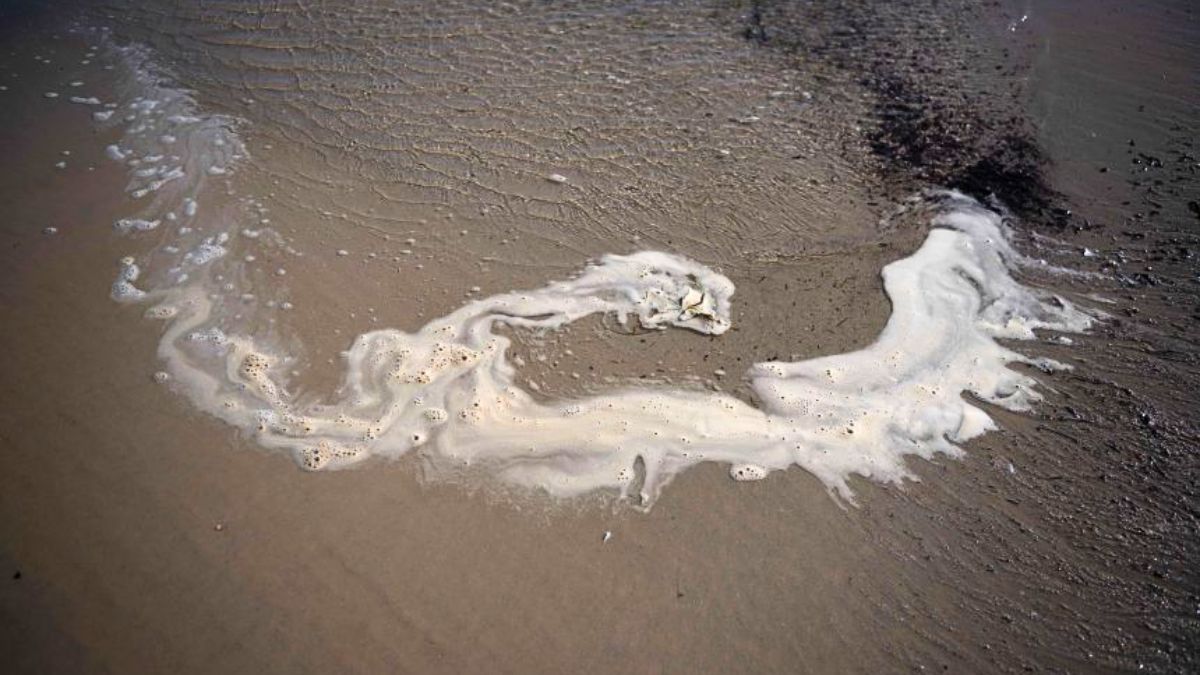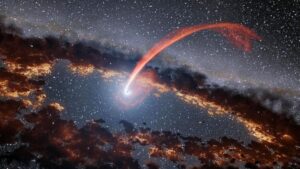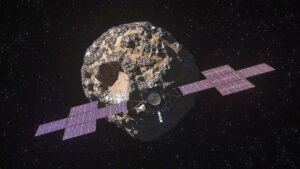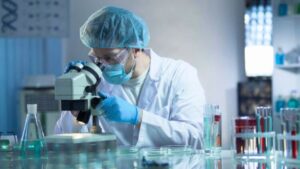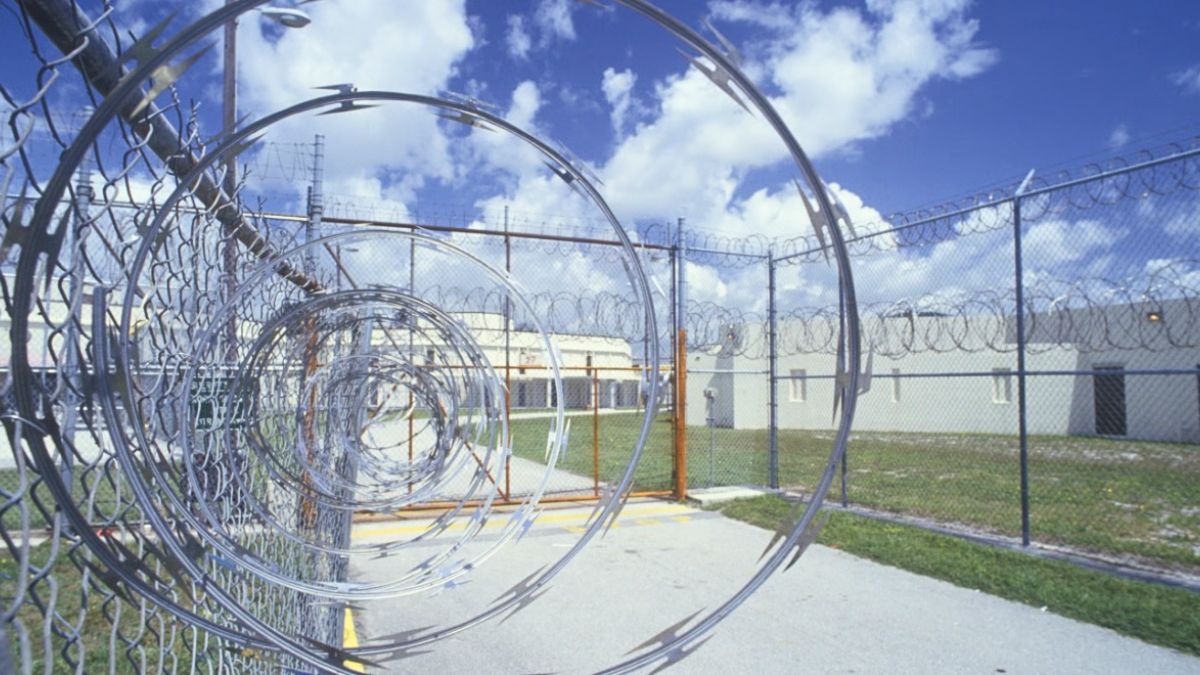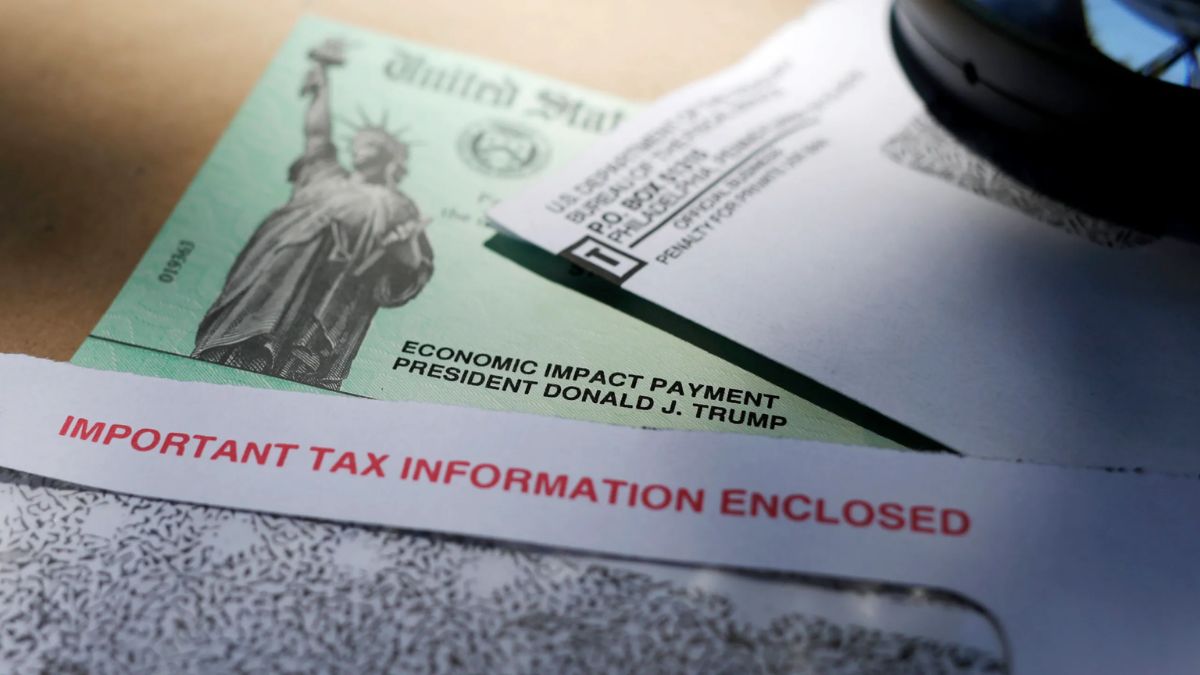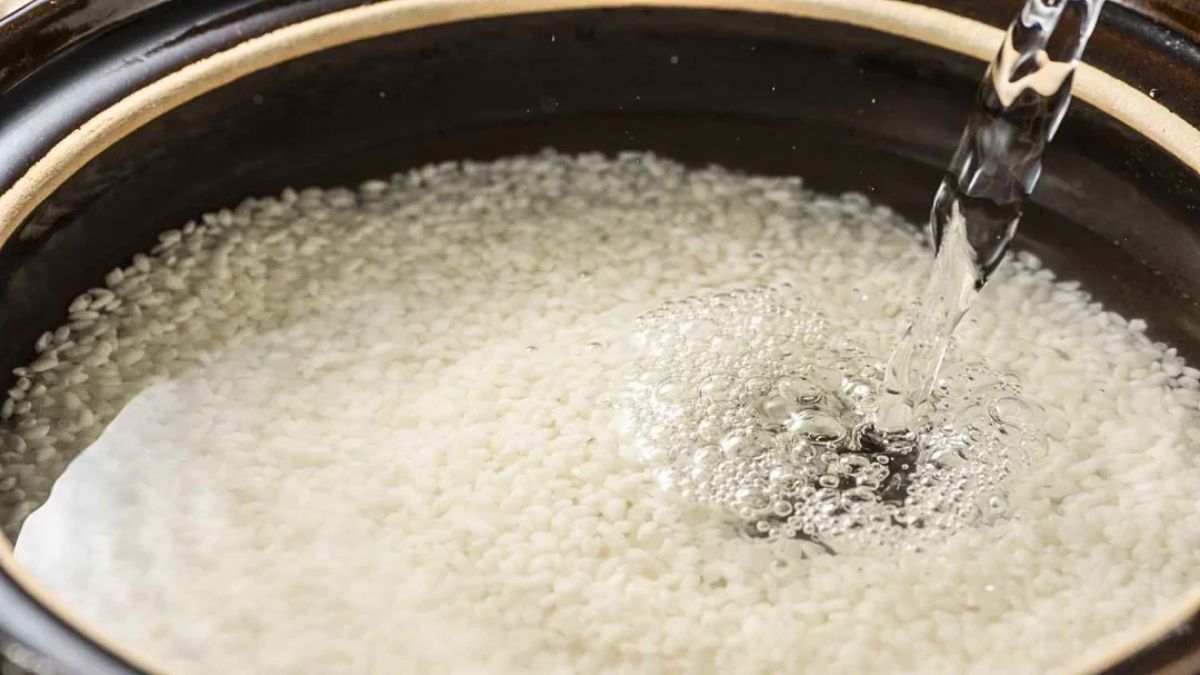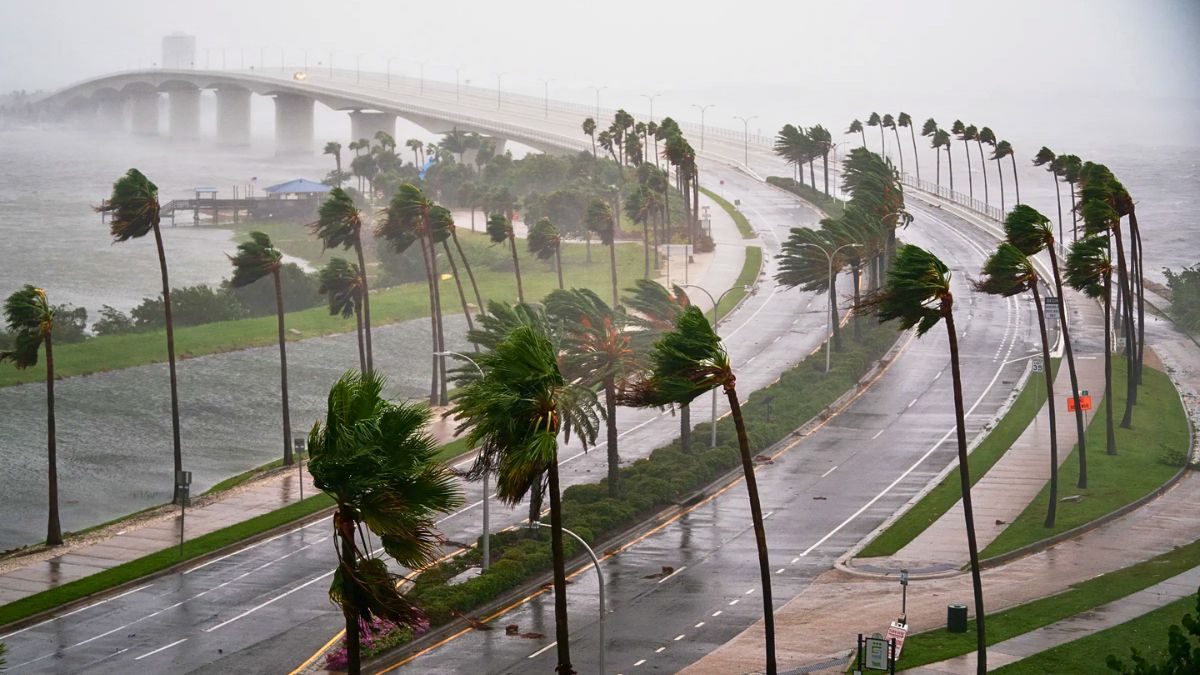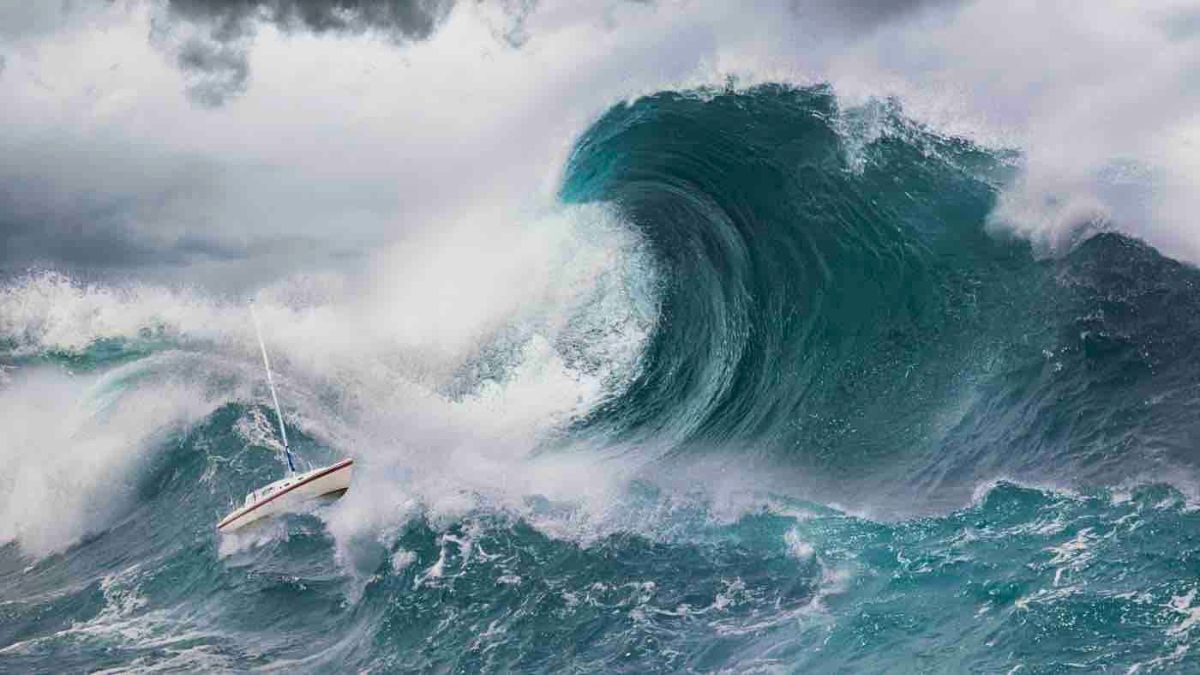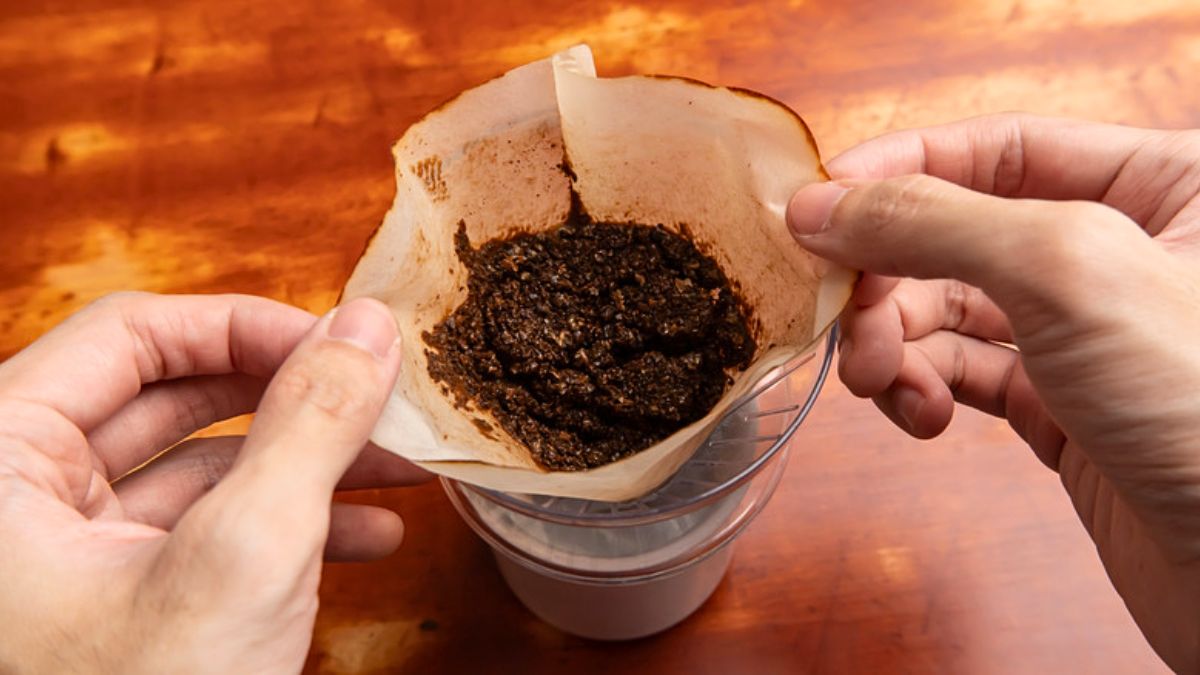Imagine going for a swim, and instead of clear blue water, you’re greeted by thick yellow foam, coughing fits, and the eerie silence of an ocean with no life. That’s what’s happening right now in southern Australia, where a toxic algae outbreak has transformed over 4,500 square kilometers of marine paradise into lifeless underwater deserts. And it’s not just marine animals that are suffering—people and the economy are taking a hit too.
Let’s take a closer look at what’s happening, what caused it, and what it means for the future.
Invader
The culprit behind all this destruction is Karenia mikimotoi, a toxic and invasive species of microalgae. It’s not your average seaweed. This microscopic menace is capable of destroying marine ecosystems by blocking sunlight, depleting oxygen in the water, and releasing toxins that harm marine animals.
Since it first appeared, Karenia mikimotoi has been responsible for the disappearance of more than 15,000 marine animals, leaving behind dead zones where biodiversity once thrived.
Signs
It started in March.
Surfers noticed something strange in the water: blurry vision, dry coughing, and yellow foam in the waves. At first, it seemed like a weird fluke. But things escalated fast. Dead fish and mollusks began washing ashore. Scientists jumped in to investigate and found an explosive bloom of Karenia mikimotoi—one of the worst they’d ever seen.
This toxic bloom not only suffocates marine life by destroying their gills but also creates hypoxia—a condition where oxygen levels in water drop so low that life simply can’t survive.
Impact
Marine scientist Scott Bennett described a horrifying scene underwater: razor clams dead and rotting, entire species wiped out. The Great Southern Reef, one of the world’s most biodiverse marine areas, is losing its unique creatures—many of which exist nowhere else on Earth.
That means this isn’t just a temporary setback. Once these species are gone, they’re gone for good.
Losses
The ecological damage is massive—but the economic fallout is just as devastating.
Local fisherman Nathan Eatts hasn’t caught a single squid since April. And he’s not alone. According to the Marine Fishers Association, a third of South Australia’s waters are now empty. That’s forced fishing operations to a halt, and affected seafood markets, restaurants, and supply chains across the region.
So far, losses are estimated at over 480 million Australian dollars.
Cause
So what caused this nightmare?
Scientists say it’s a combination of climate change and environmental stress. Here’s how it unfolded:
| Event | Effect |
|---|---|
| 2022 floods | Washed excess nutrients into the ocean |
| Upwelling | Pulled up cold, nutrient-rich water |
| 2024 heatwave | Raised sea temps by 2.5°C—perfect for algae bloom |
This dangerous mix created the ideal conditions for Karenia mikimotoi to multiply uncontrollably.
Response
Can it be stopped? Sadly, no.
Unlike a wildfire or oil spill, you can’t block or extinguish a toxic algae bloom. It spreads invisibly through the water, and physical containment just doesn’t work.
South Australia’s Premier Peter Malinauskas called it an unprecedented disaster, admitting the government doesn’t yet know how to fight it. While 28 million AUD has been set aside for recovery efforts, the crisis has not been declared a “natural disaster”, which limits available emergency funding and support.
Warning
This isn’t just about one town or one state—it’s a warning.
Experts are sounding the alarm: climate change is here, and it’s hitting our oceans hard. If we don’t act fast to protect key habitats like kelp forests, seagrass meadows, and oyster reefs, more regions could turn into underwater wastelands.
This toxic bloom is a painful glimpse into what unchecked environmental collapse looks like.
Voices
Local voices like Nathan Eatts bring home the emotional impact.
He shared, “You see it and your heart breaks,” after finding a dead dolphin on the beach. “You take the beauty of your surroundings for granted… until something like this comes and wipes it all out.”
What’s happening in southern Australia is more than an ecological event—it’s a wake-up call. If we don’t act now, this kind of devastation could become the new normal.
FAQs
What is Karenia mikimotoi?
A toxic algae killing marine life in southern Australia.
How much area is affected?
Over 4,500 square kilometers of ocean are lifeless.
Can the algae bloom be stopped?
No, it can’t be physically contained or removed.
How much is the economic loss?
More than 480 million Australian dollars so far.
What caused the algae outbreak?
Floods, nutrient upwelling, and a marine heatwave.

